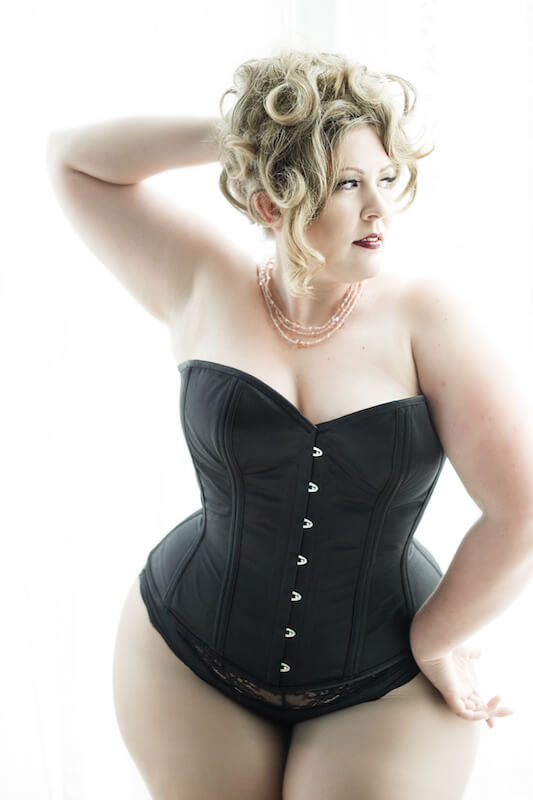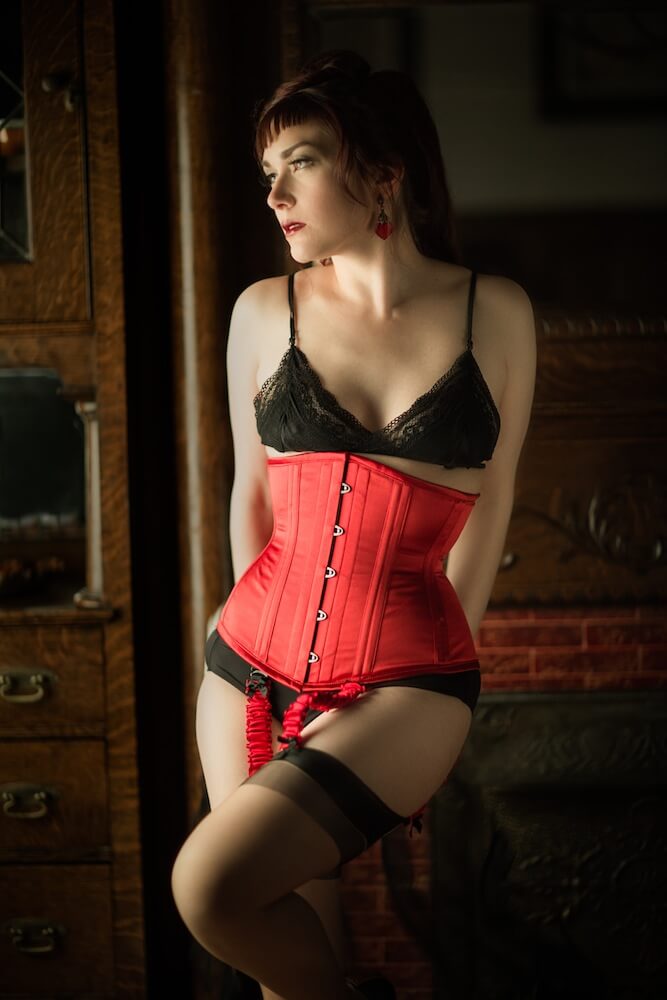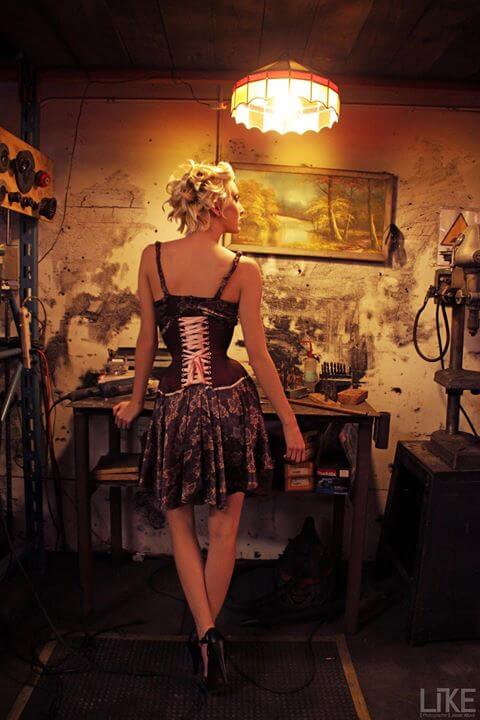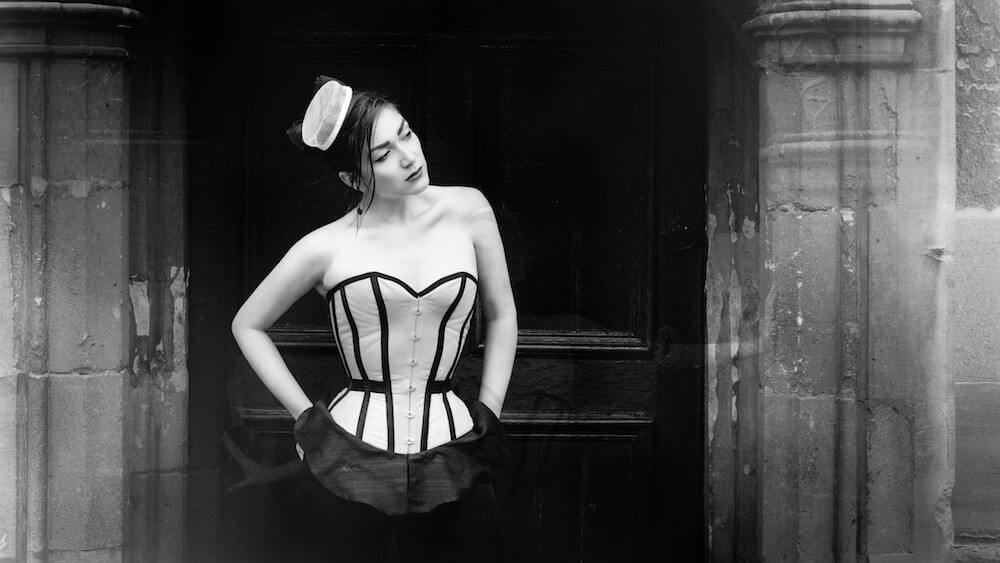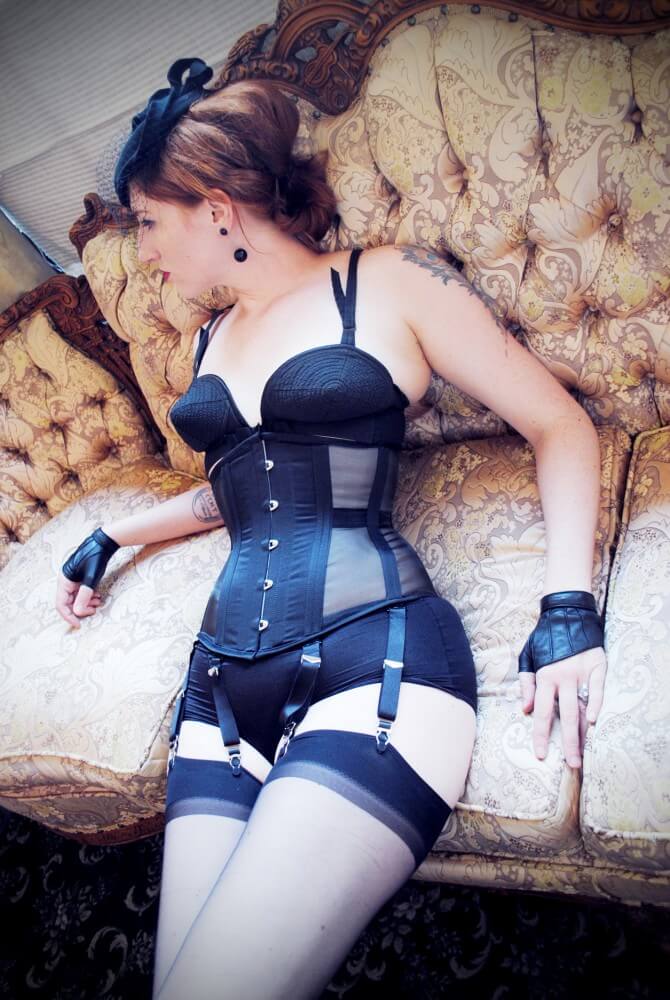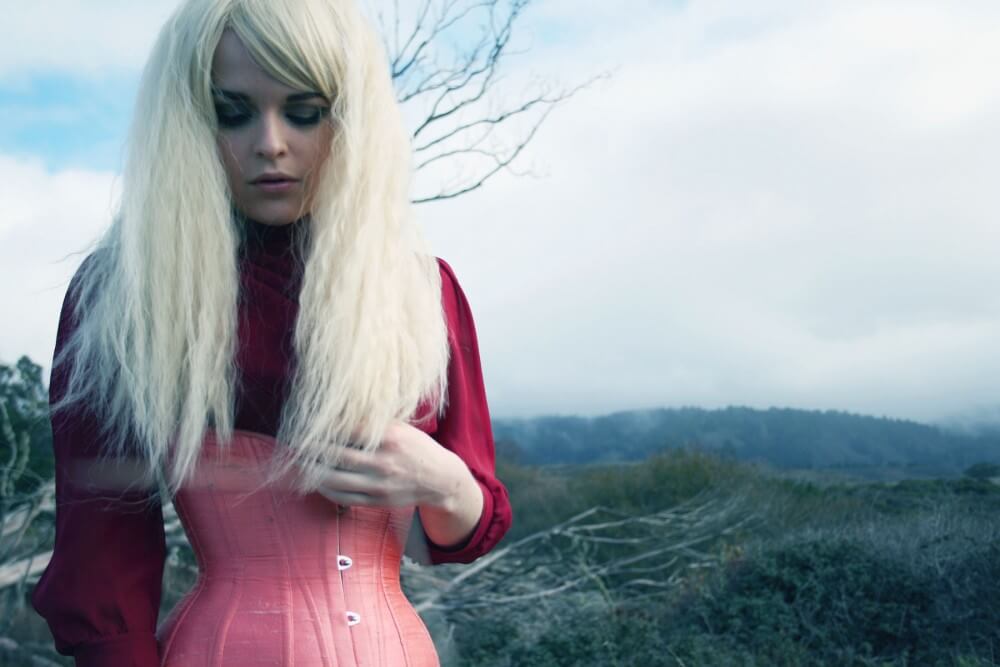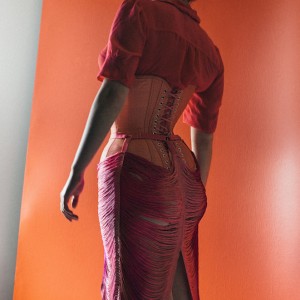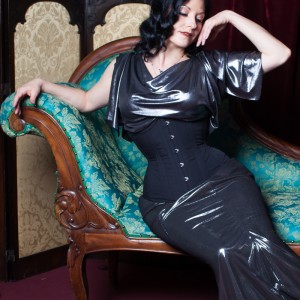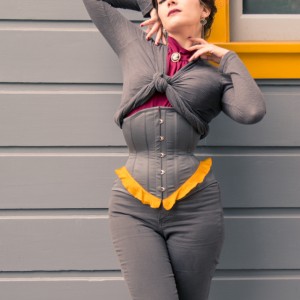Corsets 101: A Beginner's Guide to the Basics
I've said quite a bit about corsets over the three and a half years (!!) that I've been writing for The Lingerie Addict, but it recently occurred to me that I've never written a simple introduction to the world of corsets.
Whether you're here because you're thinking of buying a first corset (maybe for waist training) or perhaps wandered in because you might be looking to get one for a friend or a partner, here's some basic stuff you'll need to know.
What is a corset?
I go into this in much greater detail in "What Is a "Real" Corset, Anyway?" but here's a quick overview of my personal definition, describing both historic and modern corsets. A corset is a strongly structured (under)garment used to create a desired silhouette, fitted by means of lacing which controls compression and re-shaping of the torso. So if it's stretchy and only has bra-style hooks or rolls on, it's not a corset, but rather more of a girdle.
There are two main types of corset: overbust and underbust. An underbust will stop anywhere below the bust, at or below bra band level. It does not support or shape the breasts and should be worn with a bra (if you usually wear bras). An overbust corset covers and supports the breasts, though different cup sizes may prefer different styles of overbust.
Underbusts tend to be more versatile and can be worn either under or or clothing; they are generally easy to style with a variety of outfits. Overbusts are often perceived as more of a statement piece.
How to size yourself for a corset
Corsets should be sized according to the closed waist measurement. Generally, with standard fit (ready to wear/off the rack) corsets, most sizing runs in 2" even-numbered intervals. 4" smaller than the natural waist is the most common formula for basic sizing, but the shape of the corset and the wearer's personal compressibility will affect the level of reduction possible.
Speaking of the reduction, rest at ease - well-fitted corsets are neither painful nor dangerous. Most standard-fit corsets are also intended to be worn with approximately a 2" gap in the back lacing.
One of the most common questions I hear when fitting corset neophytes is, "So I only have to adjust the back lacing once and then I just put it on from the front?" Stop right there! It's really important to loosen the laces before you take off your corset.
To do its job properly, the corset needs to have its laces tightened each time you put it on. If it's loose enough to put on and take off without touching the lacing, it's too big. A properly-laced corset should have its lacing adjusted via two loops at the waist line, which should ideally be inverted so the bottom of the loop tightens the top (ribs) of the corset and the top of the loop controls the bottom (hips).
Parts of a corset
The front closure of a corset is called the "busk." A busk is a specialized piece of metal hardware, consisting of two spring steel bones with flat metal loops/hooks protruding from one side and buttons or studs sticking out from the other. The bones are hidden inside the body of the corset with only the hook and stud peeking out from the fabric.
When I say "bones" I don't mean literal bones. The name comes from whalebone... which is itself a misnomer for baleen... which replaced cane and reed before itself being replaced by steel... which is what bones are currently made from.
Bones can also be called boning or stays. Steel bones are either "flats" or "spirals." The number of bones doesn't necessarily have a direct relationship with the shape or strength of a corset - they serve to preserve the vertical tension. Bones are held snug in vertical channels. If the channels are accented/reinforced with strips of fabric, those are bone casings.
A waist tape, sometimes called a waist stay, is a sturdy ribbon that reinforces the waist to minimize stretching. Depending on the construction style, the waist tape may be visible on the interior of the corset or hidden inside.
Occasionally it may be omitted entirely if the fabric of the corset is particularly stable and will not be under excessive stress (e.g., on a corset intended for occasional wear), but in many cases a skipped or low quality waist tape is an indicator of a cheaper corset. In other words - on an $80 corset, no waist tape is a bad sign; on a $500 corset, there may have been a legitimate reason to omit it.
Most corsets have at least two layers. The exterior is called the "fashion fabric" and the interior is the "strength layer," which should be sturdy with minimal stretch. Linings, interlinings, and interfacing may also be present. Each corsetmaker will have their preferences and different fashion fabrics have different needs regarding additional reinforcement.
The most popular strength layer fabric is coutil, which is fabric designed specifically for corsetry, but other fabrics can be quite serviceable and may present other advantages. Of course, it is possible to make a single layer corset. The most popular type of single layer corset is a mesh corset. Single layer corsets make excellent underwear and summer corsets.
The difference between 'Ready to Wear' and 'Custom'
The highest quality of corset is handmade by a small-business working from an on-site atelier. Often, this may be a single "corsetiere" working from a home studio. These corsets may have several levels of purchase.
Off-the-rack refers to in-stock corsets, standard-sized and ready to take home immediately. Made-to-order are standard-sized corsets that aren't made until they're ordered, usually in the client's choice of fabric and detailing. Ready-to-wear can be a synonym for off-the-rack or refer to all standard-size corsets (thus including both OTR and MTO). Made-to-order corsets may also have small fit personalizations, not to be confused with a fully custom or bespoke corset.
If that hasn't overwhelmed you, you should now think about how much you want to spend (and the related topic of Why Corsets Are Expensive), and maybe do a little more digging to make sure you are investing in a quality corset. Best of luck on your corset journey!





